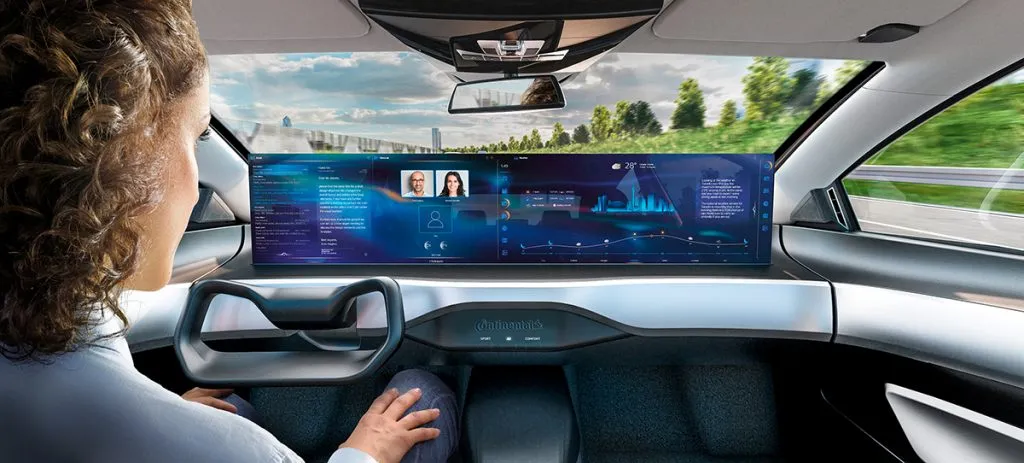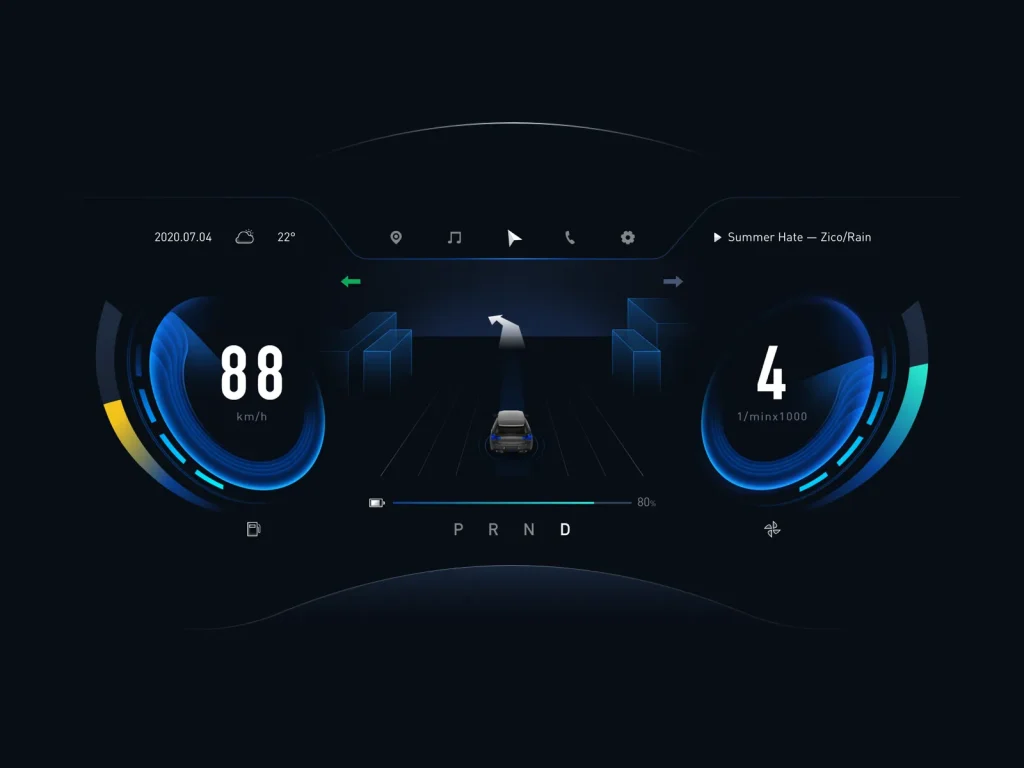In today’s fast-paced technological landscape, Human-Machine Interface (HMI) design plays a pivotal role in shaping the user experience of countless devices and systems. Whether it’s the touchscreen in your car’s dashboard, the control panel on a manufacturing machine, or the interface of a smartphone app, HMI design is everywhere. It bridges the gap between humans and machines, making complex operations accessible and intuitive.
In this article, we’ll explore the world of HMI design, its importance, key principles, and how it’s evolving to meet the demands of tomorrow’s technology-driven world.
The Significance of HMI Design
HMI design is more than just creating visually appealing interfaces; it’s about enhancing usability, efficiency, and safety. A well-designed HMI can:
- Improve User Efficiency: A streamlined and intuitive interface reduces the time it takes for users to perform tasks. This is crucial in various domains, from manufacturing plants to consumer electronics.
- Enhance Safety: In critical applications like aerospace, healthcare, and automotive, user interface design can be a matter of life and death. Clear, unambiguous design can prevent costly errors and accidents.
- Reduce Training Time: A well-designed HMI minimizes the learning curve for users, saving organizations both time and money on training programs.
- Increase User Satisfaction: A positive user experience can lead to increased user satisfaction and loyalty, which is especially important for consumer products and services.

Key Principles of HMI Design
- User-Centered Design: The user should be at the center of the design process. Understanding user needs, preferences, and limitations is essential for creating an effective HMI.
- Simplicity and Clarity: Keep the interface simple and clutter-free. Use clear language, icons, and visual cues to guide users.
- Consistency: Maintain consistency in the design elements throughout the interface. This includes colors, fonts, and button placement.
- Feedback and Affordance: Provide immediate feedback to users when they interact with the interface. Ensure that buttons and controls afford the expected actions.
- Accessibility: Design with accessibility in mind. Ensure that the HMI is usable by people with disabilities, including those with visual or motor impairments.
- Scalability: Consider the scalability of the HMI for different screen sizes and resolutions, as well as for potential future updates.
- Error Handling: Design the interface to prevent errors when possible and provide clear error messages when they occur.
- Testing and Iteration: Continuously test the HMI with real users and gather feedback for iterative improvements.

HMI Design Trends for the Future
As technology continues to advance, HMI design is evolving to meet the needs of the future. Here are some trends to watch for:
- Voice and Natural Language Interfaces: Voice recognition and natural language processing are becoming increasingly important in HMI design. Devices like smart speakers and virtual assistants are leading the way.
- Augmented Reality (AR) and Virtual Reality (VR): AR and VR technologies are revolutionizing HMI in fields like gaming, healthcare, and education. They offer immersive and interactive experiences.
- Gesture-Based Interfaces: Gesture recognition allows users to interact with devices using hand movements. This technology is emerging in gaming consoles, smartphones, and automotive interfaces.
- Artificial Intelligence (AI): AI is being integrated into HMIs to provide predictive and adaptive interfaces that learn from user behavior and adapt to their preferences.
- Sustainability: Sustainable design principles are gaining traction, with an emphasis on reducing energy consumption and e-waste in HMI devices.

Conclusion
HMI design is a critical element in the ever-expanding world of technology. It shapes how we interact with machines and influences our daily lives in countless ways. By adhering to user-centered design principles, staying current with emerging trends, and embracing new technologies, HMI designers can create interfaces that enhance efficiency, safety, and user satisfaction.
As we move forward into an increasingly digital and interconnected world, the role of HMI designers will continue to be pivotal in making technology accessible and intuitive for all. By mastering the art of HMI design, we can help shape a brighter and more user-friendly future.
Get a New Way to See the World. Connect with us today and let us know how we can help you. Read more innovative stuff here.
For any questions, suggestions, feedback, or comments, please E-mail us. [email protected]
Thank You!
Follow and clap for more industry trends and news.
Increase User Satisfaction: A positive user experience can lead to increased user satisfaction and loyalty, which is especially important for consumer products and services.



